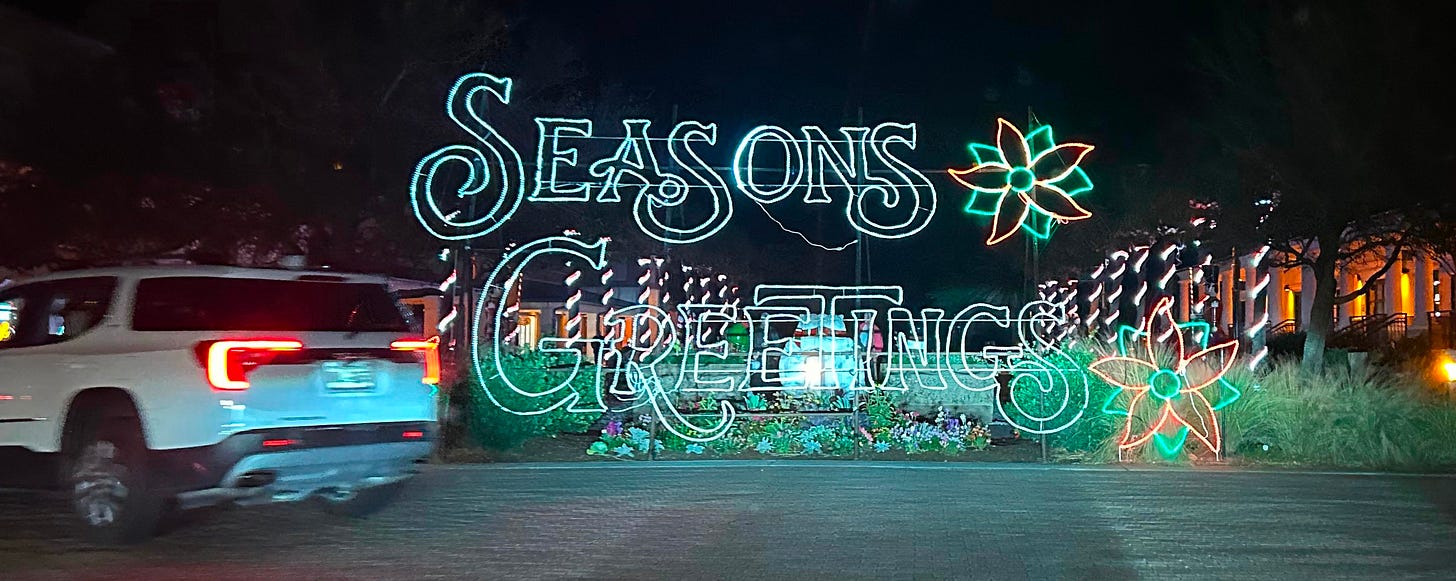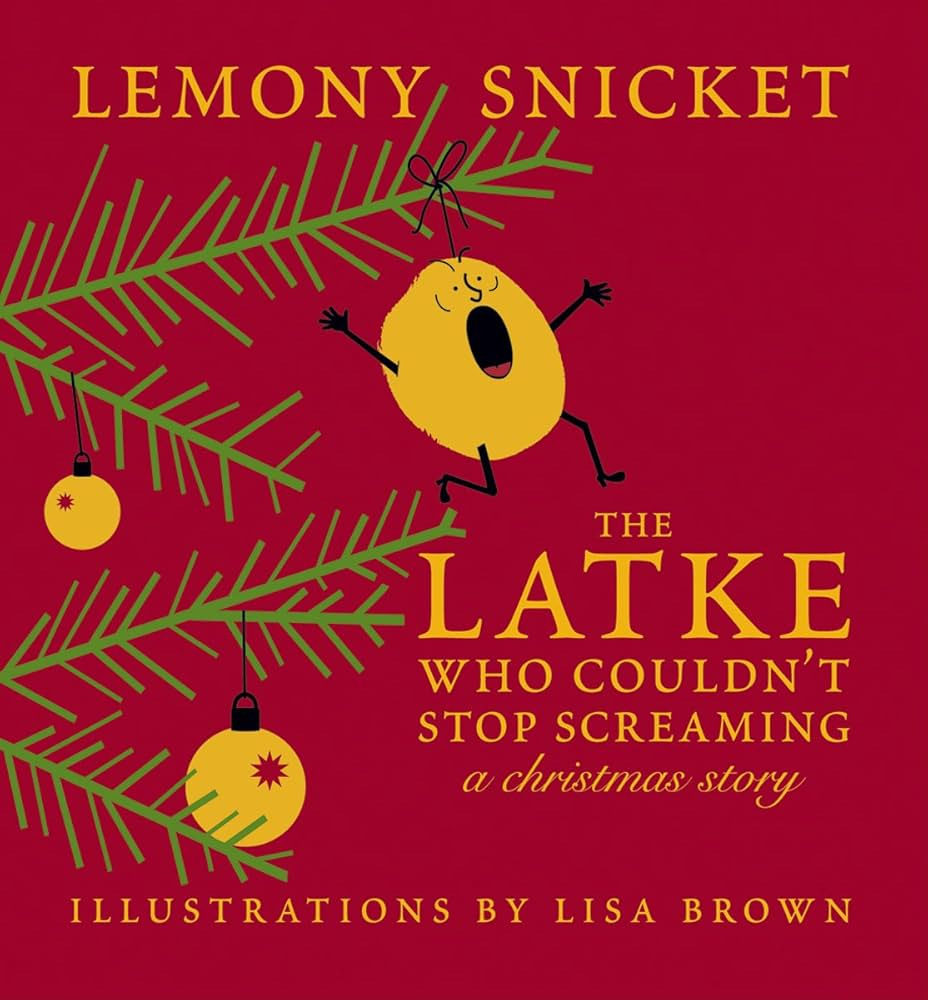This week, the star from the East will once again align with the star of David as Hanukkah begins on Christmas Day, inviting a host of merry Jews to deck the halls with syncretism (Oy yoy yoy yoy yoy, oy yoy — oy vey!).
One should be generous. After all, it is profoundly human to infer meaning when two things happen at the same time. The biblical figure Joseph will play on this tendency in this week’s Torah portion, as he tells the Pharaoh that his two disparate dreams are, in fact, one. Yet this very associative property in the human brain is the same thing that makes us attracted to lazy thinking and conspiracy theories. Jews have gotten the short, deadly end of this mental stick for millennia.
It’s obviously difficult not to draw some parallels between the two winter festivals. My childhood rabbi once sagaciously pointed out that many world religions put their light-associated festivals in the darkest times of the year, thereby averting the effects of seasonal-affective disorder (SAD) by bringing light and meaning.
So with the lit-up landscapes all around us, and Hanukkah having long ago reconciled itself to gift-giving (to the delight of children everywhere), how shall the respectful yet distinctive Jew stand apart?
In a very fortunate series of events, this perennial question has been answered by the great author Lemony Snicket in the form of a unique children’s book, The Latke Who Couldn’t Stop Screaming (2007). The playful story fries up eight nights-worth of laughs and captures the many microaggressive ways in which, as Kyle Broflovski put it, “it’s hard to be a Jew on Christmas.” The story’s whimsy gift-wraps its deeper message of the dignity of difference for both faiths, and can be appreciated by Christians and Jews alike.
When I received this book one Hanukkah, I knew immediately that I had to record it.
And so, from back when YouTube was young, I present my swiftly-made digital story hour featuring Lemony Snicket’s latke-laden masterpiece.
What’s special about this story, apart from its humor, is its message of understanding. Our associative faculties help us to seek out patterns, but they do not always help us find truth. For that, there is no replacement for dialogue and listening.
Happy holidays, and let me give the poet the last word.
A Ritual to Read to Each Other
By William E. Stafford
If you don't know the kind of person I am and I don't know the kind of person you are a pattern that others made may prevail in the world and following the wrong god home we may miss our star. For there is many a small betrayal in the mind, a shrug that lets the fragile sequence break sending with shouts the horrible errors of childhood storming out to play through the broken dike. And as elephants parade holding each elephant's tail, but if one wanders the circus won't find the park, I call it cruel and maybe the root of all cruelty to know what occurs but not recognize the fact. And so I appeal to a voice, to something shadowy, a remote important region in all who talk: though we could fool each other, we should consider— lest the parade of our mutual life get lost in the dark. For it is important that awake people be awake, or a breaking line may discourage them back to sleep; the signals we give — yes or no, or maybe — should be clear: the darkness around us is deep.







Beautiful photo—-light-associated festivals in the darkest times of the year, thereby averting the effects of seasonal-affective disorder (SAD) by bringing light and meaning—
It is a pleasure to enjoy these lights in the Years’ absence of what gives us our ability to see.